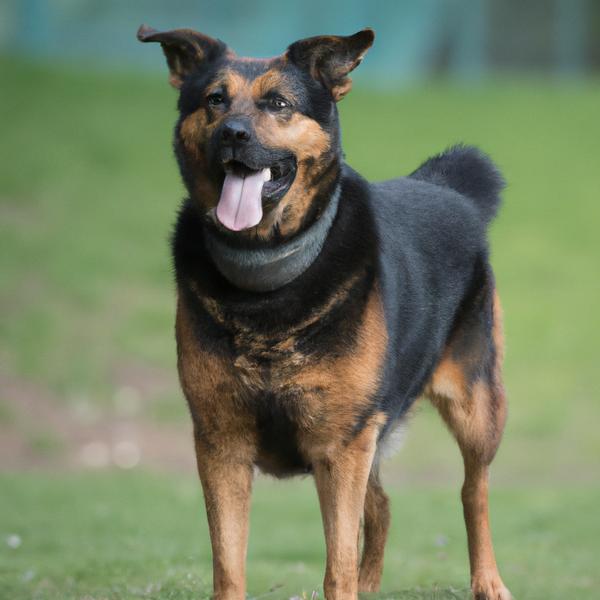Shepweiler vs. German Shorthaired Lab: Breed Differences and Similarities
Hypoallergenic
Are Shepweilers or German Shorthaired Labs hypoallergenic, or neither?
Unfortunately, neither Shepweiler nor German Shorthaired Lab are hypoallergenic, which may not make them the best choice for dog lovers who suffer from pet allergies.
Temperament
What are the personalities of Shepweiler and German Shorthaired Lab dogs?
Curious
Independent
Protective
Alert
Courageous
Intelligent
Confident
Obedient
Loyal
Fearless
Good-natured
Watchful
Playful
Loving
Energetic
Alert
Intelligent
Friendly
Responsive
Affectionate
Loyal
Gentle
Going
Social
Trainable
Bold
Cheerful
Cooperative
Boisterous
Shedding Level
Do Shepweilers shed more than German Shorthaired Labs, or which breed sheds more, Shepweilers or German Shorthaired Labs?
Shepweilers are heavy shedders, but regular brushing can help manage shedding and promote a healthy coat.
German Shorthaired Labs are moderate shedders, but regular brushing can reduce shedding and maintain coat health.
Origin
What is the origin of Shepweiler and German Shorthaired Lab dog breeds?
United States
United States
Ancestry
What are the origins of Shepweiler and German Shorthaired Lab breeds?
Rottweiler, German Shepherd
Labrador Retriever and German Shorthaired Pointer
Breed recognition
Which kennel clubs recognize/register Shepweiler and German Shorthaired Lab?
DRA = Dog Registry of America, Inc.
ACHC = American Canine Hybrid Club
DDKC = Designer Dogs Kennel Club
DRA = Dog Registry of America, Inc.
IDCR = International Designer Canine Registry®
Date of Birth
When were Shepweiler and German Shorthaired Lab breeds first developed?
2000s
Unknown
Eye Color Possibilites
What are the eye colors of Shepweiler and German Shorthaired Lab dogs?
Blue
Brown
Brown
Nose Color Possibilites
What are the natural nose colors of Shepweiler and German Shorthaired Lab?
Black
Black
Coat Color Possibilites
What are the natural colors of the coat for Shepweiler and German Shorthaired Lab breeds?
Black
Brown
Red
Fawn
Sable
Brindle
Red
Brown
White
Black
Coat Length
What is the typical coat length for Shepweiler and German Shorthaired Lab breeds?
The coat of Shepweiler and German Shorthaired Lab dogs falls in the medium-length category.
Coat Density
What is the density of the coat of Shepweiler and German Shorthaired Lab?
Coat Texture
What is the hair texture of Shepweiler and German Shorthaired Lab?
Straight
Litter Size
What is the usual litter size for Shepweiler and German Shorthaired Lab?
A Shepweiler can have a litter of 8-12 puppies on average. However, it's worth noting that the size of the litters can vary greatly. Factors that can influence litter size include the health of the mother, breeding history, and genetics.
A German Shorthaired Lab can have a litter of 7-12 puppies on average. However, it's worth noting that the size of the litters can vary greatly. Factors that can influence litter size include the health of the mother, breeding history, and genetics.
Adaptability
Shepweilers are known for their adaptability and can adjust well to different environments and lifestyle changes.
German Shorthaired Labs are highly adaptable and versatile, making them excellent companions for families and individuals of all lifestyles.
Health Issues
Between Shepweiler and German Shorthaired Lab, which breed is more prone to health problems?
The Shepweiler and German Shorthaired Lab breeds are commonly healthy with low vet costs, regular check-ups may not be as necessary but it's important to keep an eye on their health and have them checked by a veterinarian when needed.
Major Concerns
What are the major health concerns for Shepweiler and German Shorthaired Lab breeds?
Hip And Elbow Dysplasia
Degenerative Myelopathy
Gastric Dilation Volvulus (GDV) or Bloat
Entropion
Hip Dysplasia
Bloat
Minor Concerns
What minor health issues should be kept in mind when owning Shepweiler and German Shorthaired Lab?
Entropion
Ectropion
Panosteitis
Eye Conditions (Cataracts, Lens Luxation)
Ear Infections
Occasional Tests
What occasional tests are recommended for Shepweiler and German Shorthaired Lab breeds?
Eye Examination
Skin Evaluation
Cardiac Ultrasound
Diagnostic Imaging
Electromyography (EMG)
X-Rays
CT Scan
Eye Examination
Physical Examination
Ear Examination
Blood Work
Lab Tests
Social Needs
Shepweiler vs German Shorthaired Lab social needs comparison
Shepweiler and German Shorthaired Lab have above average social needs compared to other breeds. They thrive in environments where they have a lot of interaction with humans and other dogs.
Sleeping Need
Which of the two sleeps the most/least: Shepweiler or German Shorthaired Lab?
Shepweilers sleep less than other breeds but still need adequate sleep for good health.
German Shorthaired Labs are active and require sufficient sleep to stay healthy.
Mouthiness
Mouthiness Comparison: Shepweiler vs German Shorthaired Lab?
Roaming urge
Shepweiler vs Labrador: Running away tendency?
Prey Drive
Shepweiler or German Shorthaired Lab - which breed has a higher level of prey drive?
Past times
What are some enjoyable activities and ways to keep Shepweiler and German Shorthaired Lab entertained?
Playing, Walking, Ball toss, Wrestling, Fetch, Walk, Dog Parks, Running, Jogging, Play, Swim, Tug-of-war, Hide & Seek, Tricks, Ball, Walks, Cuddle and ball, Tracking, Go on Vacation, Snuggling, Playdate, Catch treats, Bath time, Cuddling, Playing outside
Dog Parks, Walk, Run, Snuggling
Activity Level
Which breed has higher energy, Shepweilers or German Shorthaired Labs?
Shepweilers are medium-energy dogs and typically enjoy socializing and playing casual or even sustained games of chase with other dogs. They may also have occasional periods of barking or racing around the house.
German Shorthaired Labs are high-energy dogs. They need mental as well as physical exercise. These dogs require a lot of your involvement and without it they can, and will, become problematic dogs.
Tolerance of being left alone
Walks per Week
How many miles should Shepweiler or German Shorthaired Lab walk each week?
Shepweiler and German Shorthaired Lab generally need a minimum of 12 miles of walking per week, but it can be increased as long as they are comfortable with it.
Activity per Day
Do Shepweilers or German Shorthaired Labs require more exercise?
In general most Shepweilers usually need at least 60 minutes of exercise daily. This can be spread across the day and include all sorts of high-energy activities, like walking, running and playing.
In general most German Shorthaired Labs usually need at least 90 minutes of exercise daily. This can be spread across the day and include all sorts of high-energy activities, like walking, running and playing.
Grooming
Which breed is easier to maintain in terms of grooming, Shepweilers or German Shorthaired Labs?
The Shepweiler has low grooming needs and is easy to maintain.
The German Shorthaired Lab is a low-maintenance breed that doesn't require much grooming.
Brushing Frequency
What is the recommended brushing frequency for Shepweiler and German Shorthaired Lab dogs?
Shepweiler and German Shorthaired Lab should be brushed at least once a week. Of course, you can give them more frequent brushes if you find that they are still shedding a lot.
Brushing Tools
What brushing tools are used for Shepweilers and German Shorthaired Labs?
Slicker Brush
Deshedder
Nail Clipper
Pin Brush
Deshedder
Nail Clipper
Cups
How much food should be given to Shepweiler or German Shorthaired Lab in cups?
For an average 75-115 pound (34 - 52 kg) Shepweiler feed 3.5 cups daily. But, keep in mind, the amount you feed is going to be dependent on the quality of the food you are feeding.
For an average 55-80 pound (25 - 36 kg) German Shorthaired Lab feed 3 cups daily. But, keep in mind, the amount you feed is going to be dependent on the quality of the food you are feeding.
Daily Cost
Which breed has a higher daily cost, Shepweiler or German Shorthaired Lab?
The average cost of a Shepweiler is somewhere $3.40 - $4.50 per day.
The average cost of a German Shorthaired Lab is somewhere $2.10 - $2.70 per day.
Monthly Cost
Which breed has a higher monthly cost, Shepweiler or German Shorthaired Lab?
The average per month expenses of a Shepweiler is between $101 - $134. This makes an average of $1212 - $1608 per year. It will be on the higher side when the dog is still small because it will need more frequent visits to the vet, shots.
The average per month expenses of a German Shorthaired Lab is between $55 - $73. This makes an average of $660 - $876 per year. It will be on the higher side when the dog is still small because it will need more frequent visits to the vet, shots.
Sensitivity Level
How do Shepweiler and German Shorthaired Lab compare in sensitivity?
These dog breeds are particularly attuned to its environment and the emotions of those around it. Shepweiler and German Shorthaired Lab can be easily overwhelmed by loud noises, new environments, unfamiliar people, or animals. This dog breed is best suited for individuals or families who are patient, gentle, and understanding of its sensitive nature. It may also benefit from a calm and stable home environment, with a consistent routine and plenty of positive reinforcement training.
Apartment Friendly
Which breed is more apartment-friendly: Shepweiler or German Shorthaired Lab?
Shepweilers are good apartment dogs as long as they get enough exercise and stimulation outside of the apartment.
German Shorthaired Labs can do well in apartments with enough exercise and time outside, but a small yard would be ideal.
Child Friendly
Do Shepweilers or German Shorthaired Labs have a friendlier temperament towards children?
Shepweilers are good with kids if socialized and trained from a young age.
German Shorthaired Labs make excellent family pets for kids due to their gentle, protective nature and calm temperament.
Senior-friendly
Which dog is more suitable as a pet for the elderly - Shepweiler or German Shorthaired Lab?
Cat Friendly
Do Shepweiler or German Shorthaired Lab breeds have a better compatibility with cats?
Shepweilers and German Shorthaired Labs are an average cat friendly dog. They do well with cats, even more if raised together from puppyhood.
Dog Friendly
Which breed is more sociable with other dogs: Shepweiler or German Shorthaired Lab?
Shepweilers are less friendly towards other dogs, but can improve with socialization.
German Shorthaired Labs are generally very friendly towards other dogs, with a happy and affectionate temperament.
Pet friendly
How do Shepweiler or German Shorthaired Lab dogs interact with other pets?
Stranger Friendly
Which breed is more friendly with strangers: Shepweiler or German Shorthaired Lab?
Shepweilers are averagely friendly around strangers but benefit from early socialisation.
German Shorthaired Labs are friendly but may bark at strangers, and training is easy due to their intelligence.
Playfulness
Which breed is more playful between Shepweiler and German Shorthaired Lab?
Shepweilers have an average level of playfulness, enjoying playtime like most dogs but not excessively so.
German Shorthaired Labs are very playful, so adopting an older one might be a better option for a more relaxed experience.
Trainability
How do the trainability levels of Shepweilers and German Shorthaired Labs compare?
Shepweilers are popular for their ease of training and quick learning ability.
The German Shorthaired Lab is highly intelligent and eager to please, making it a great choice for both novice and experienced dog owners due to its easy trainability.
Compare Shepweiler with other breeds
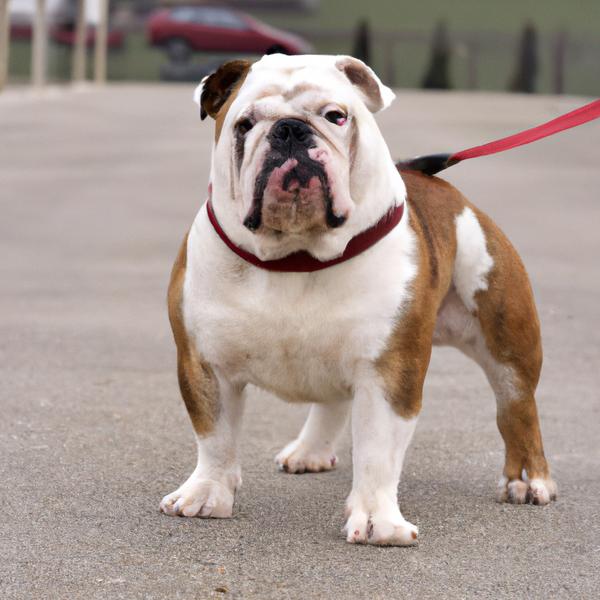
Free-Lance Bulldog
Shepweiler vs Free-Lance Bulldog
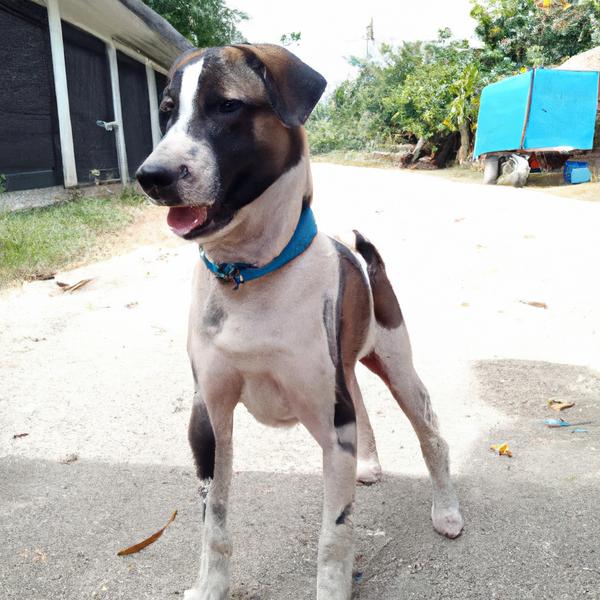
Boxsky
Shepweiler vs Boxsky
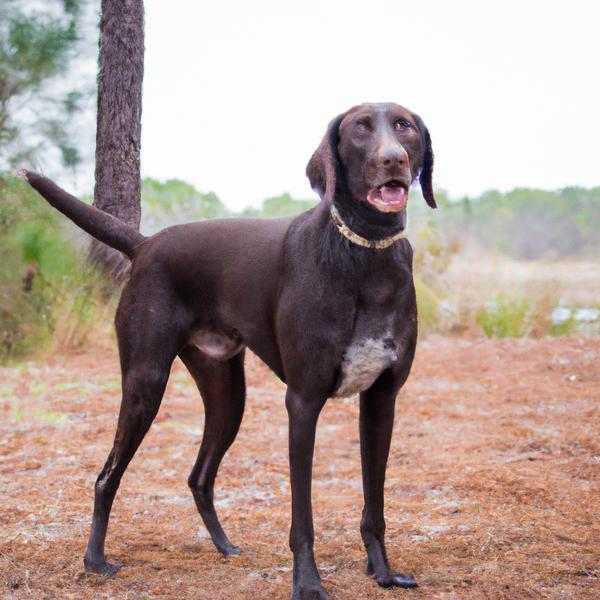
German Shorthaired Lab
Shepweiler vs German Shorthaired Lab
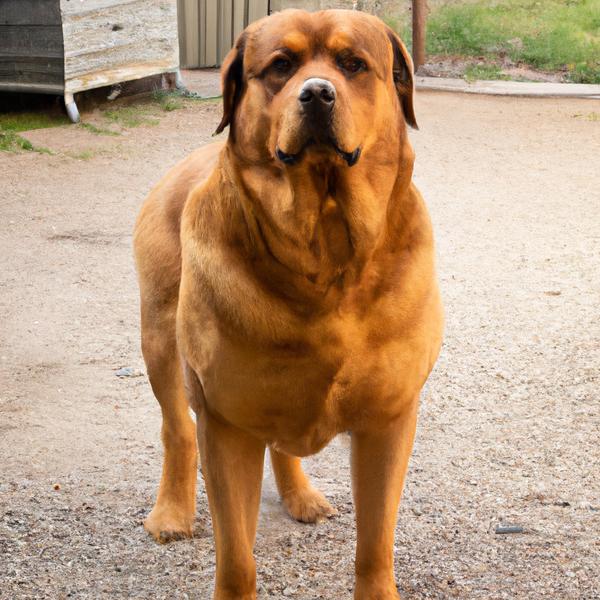
Golden Rottie Retriever
Shepweiler vs Golden Rottie Retriever

Beagleman
Shepweiler vs Beagleman

Boxmatian
Shepweiler vs Boxmatian
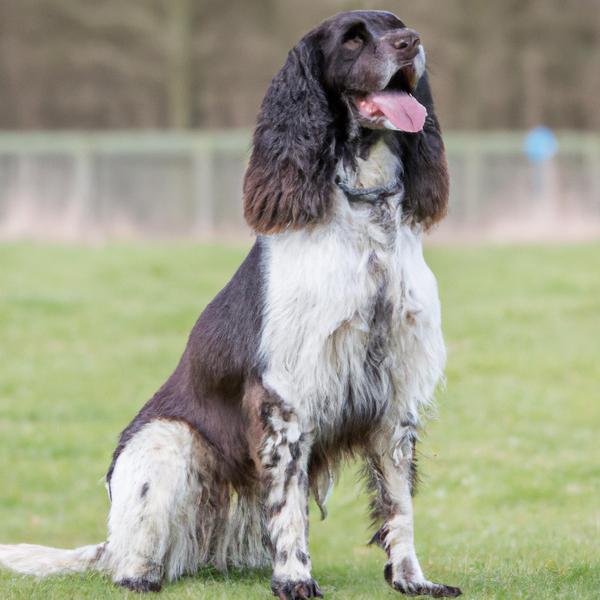
English Springerman
Shepweiler vs English Springerman
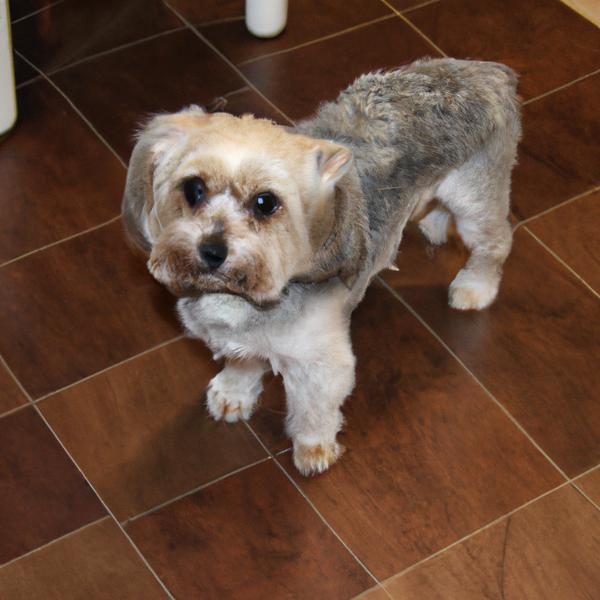
Bichon Yorkie
Shepweiler vs Bichon Yorkie
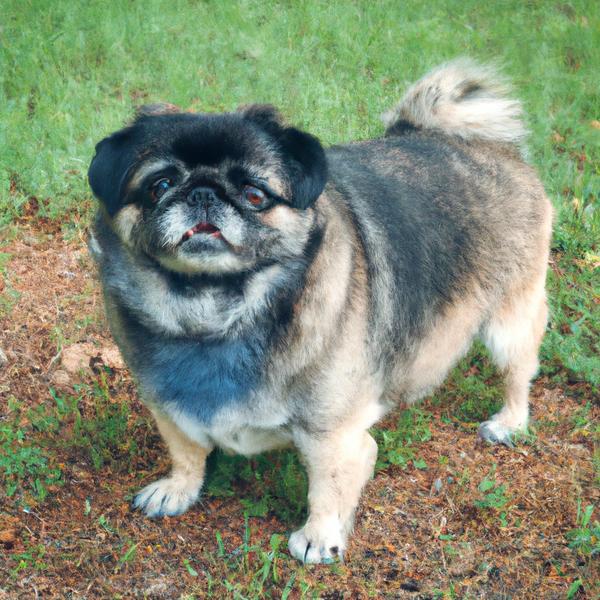
Sheltie Pug
Shepweiler vs Sheltie Pug
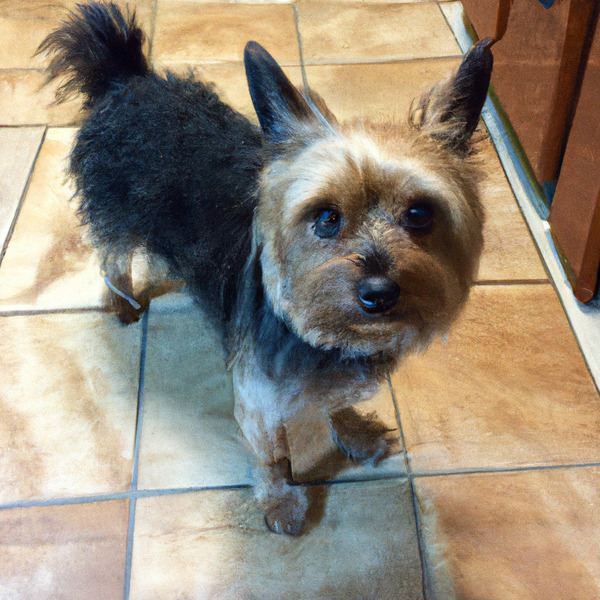
Chorkie
Shepweiler vs Chorkie
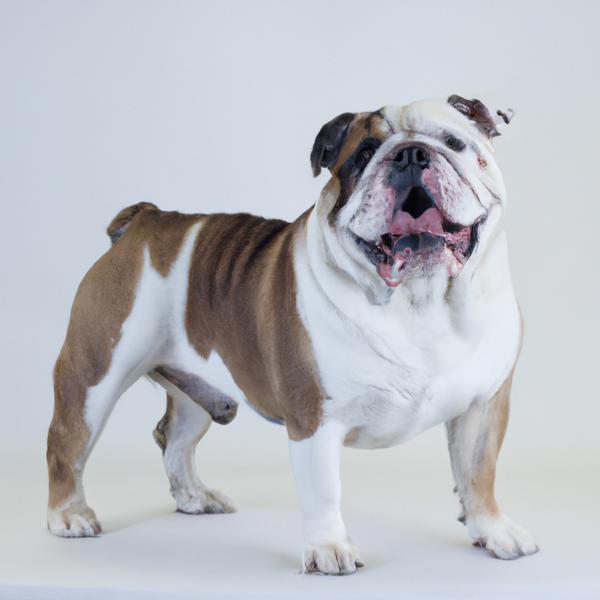
English King
Shepweiler vs English King
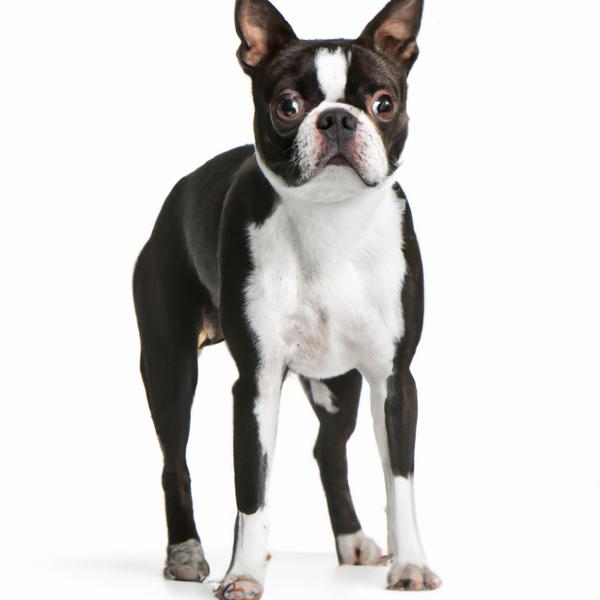
Bostinese
Shepweiler vs Bostinese
